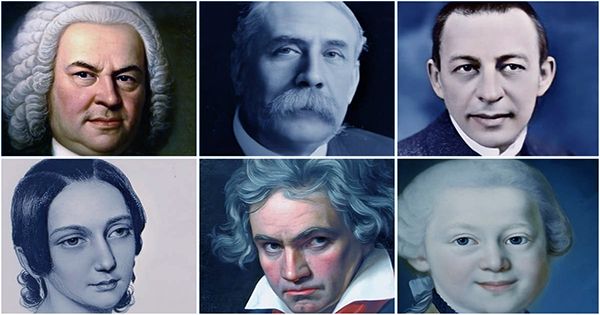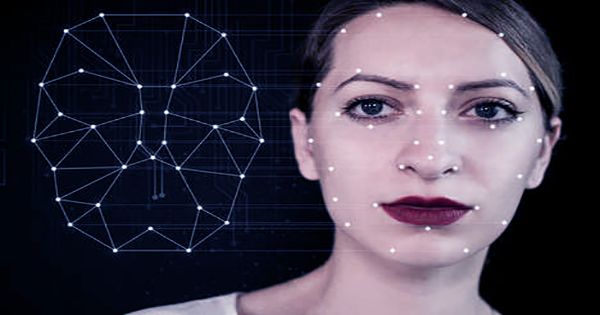AI-enabled synthetic media used to capture real emotions and as a tool for capturing user data by genealogy service MyHeritage, which has introduced a new feature called “Deep Nostalgia” – which allows users to upload photos of a person (or several people). See individual faces animated by algorithm.
Long-lost relatives – or celebrities from other eras – have drawn the Black Mirror’s style to the synthetic conclusion of life, rolling their eyes, tilting their faces as if wondering why they are stuck inside this useless digital photo frame. After it was unveiled at a family history conference yesterday, an inexperienced flow of social shares took over…

My Heritage’s AI-powered viral marketing playbook, including this deepfakery, is nothing complicated: they are going to capture data directly into your heart’s straight that could used to run sign-ups for their other (paid) services. (Their main business is selling DNA tests). It is free to animate a photo using “Deep Nostalgia” technology on MyHeritage’s site, but you will not see the result (at least with the photos you want animated) until you receive at least one email – and agree to its T & CS and Privacy Policy. Both have attracted various concerns over the years.
Last year, for example, the Norwegian Consumer Council, after a legal assessment by T&S, reported My Heritage to the National Consumer Protection and Information Authority that the agreement requires customers to sign to be “understandable.”
My Heritage also suffered a major data breach in 2018 – and information of that breach later found for sale on the Dark Web, with several other services related to the vast cache of hacked account information. The company – which we reported earlier this week, acquired a US private equity firm for ~ $600 million – is undoubtedly relying heavily on nostalgia to overcome any personal confusion about the transfer of information and its compliance with its terms.
The face animation technology itself is impressive enough – if you drop the policy of encouraging myriads to drag their long-lost relatives into unusual valleys to help cross-sell DNA testing (in the hands of commercial entities with all the extensive privacy considerations around keeping this kind of data).
Looking at my grandparents’ questioning face, I wondered what he was doing. The facial animation feature is powered by the Israeli company D-ID, a TechCrunch disruptive battlefield alum – which began creating technology for digital design of the face with the help of eyes to survive being recognizable in images and video face recognition algorithms.
It released a demo video of the new, photo-animating technology last year. The technology uses a driver video to animate photos – mapping facial features from photos to that base driver to create “live portraits” as well as D-ID calls. “Live Portrait Solution still animates images. The image mapped and then animated by the driver video, which removes the subject’s head and facial features and mimics the driver’s video speed, “D-ID said in a news release.” In addition, implement educational programs.”
It is providing live portraits as part of a broader “AI Face” platform, which will give third parties access to other in-depth learning, computer vision and image processing technology. D-ID bills the platform as a “one-stop shop” for creating synthetic videos.
Other tools include a “face anonymity” feature, which replaces one person’s face in the video with another’s (such as documentary filmmakers to protect the identity of a whistle blower). And a “talking heads” feature that can be used for lip sync or replace the need for actors to be paid to appear in content in marketing videos, as it can turn an audio track into a video of a person present talking to words. The age of synthetic media is going to be a weird one, of course.















